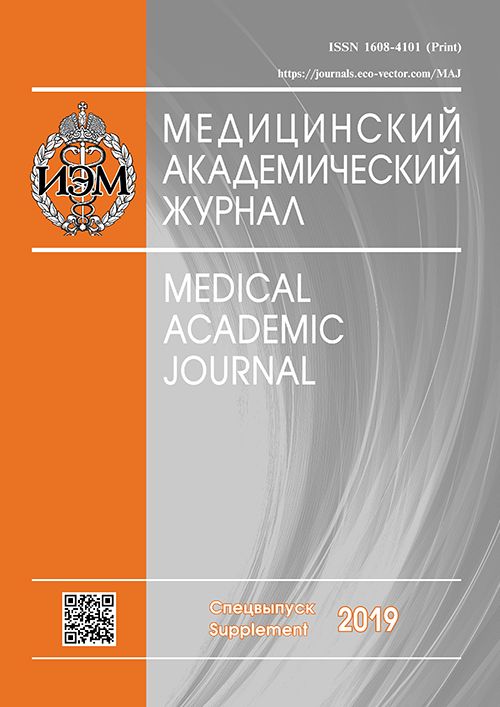The Impact and the Prevention of Burnout on Psychic activity and Nervous and Immune Systems
- Authors: Radtchenko-Draillard S1
-
Affiliations:
- Faculty of Psychoanalytic Studies Sorbonne Paris City University- Paris Diderot University, Paris
- Issue: Vol 19, No 1S (2019)
- Pages: 236-239
- Section: Articles
- Published: 15.12.2019
- URL: https://journals.eco-vector.com/MAJ/article/view/19417
- ID: 19417
Cite item
Abstract
The aim of my study is to analyze the causes and consequences of burnout on the dysfunction of psychic activity and weakening of the nervous and immune systems in their interaction. By presenting different research studies and my own analytical and practical results, this article traces the various orientations and identifies the symptoms, ranging from the quasi-normal state to the serious pathology in individuals suffering from burnout. The burnout methods and the psychotherapeutic techniques presented, which can generate the burnout cases, present a common backbone to the different approaches exposed in order to try to explain what this concept covers and the way it manifests itself.
Keywords
Full Text
About the authors
S Radtchenko-Draillard
Faculty of Psychoanalytic Studies Sorbonne Paris City University- Paris Diderot University, Paris
References
- Freudenberger HJ. Staff burn-out. Journal of Social Issues. 1974;(30):159-165.
- Maslach C. Burned-out. Human Behavior. 1976;(5):16-22.
- Maslach C, Jackson SE. The measurement of experienced burnout. Journal of Organizational Behavior. 1981;(2):99-113.
- Freud S. Analysis Terminable and Interminable. In: J Strachey. The Standard Edition of the Complete Psychological Works of Sigmund Freud. Vol. XXIII. Hogarth Press: London; 1964. P. 232.
- Radtchenko-Draillard SV. L’étude psychanalytique de la résolution des conflits dans les interactions internationales et la négociation. Thèse de doctorat en psychologie. Université Sorbonne Paris Cité- Paris Diderot; 2016. P. 15-24.
- American Psychiatric Association. Diagnostic and statistical manual of mental disorders. 5th ed. Arlington: VA; 2013.
Supplementary files







